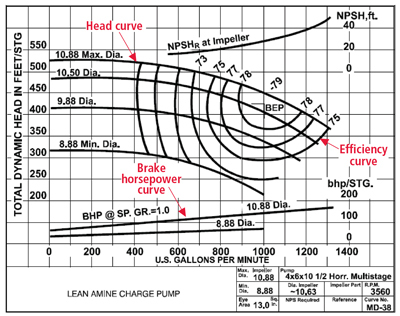rajm008
Marine/Ocean
- Oct 22, 2015
- 44
What is the design characteristics in a pump that decides the power drop point? During testing of pump after the 150 % flow the power keep on increasing to a point after which either the power drops or stabilizes. How to bring down the point(not below 150 % flow )?
can anyone help me out?
can anyone help me out?

